|
Crocker-Wheeler Electric Manufacturing Company in World War Two
Division of Joshua
Hendy Iron Works
1942-1949
As part of Elliot
Company 1949-1960s
Ampere, NJ
1889-1960s
This page updated on 5-30-2022.
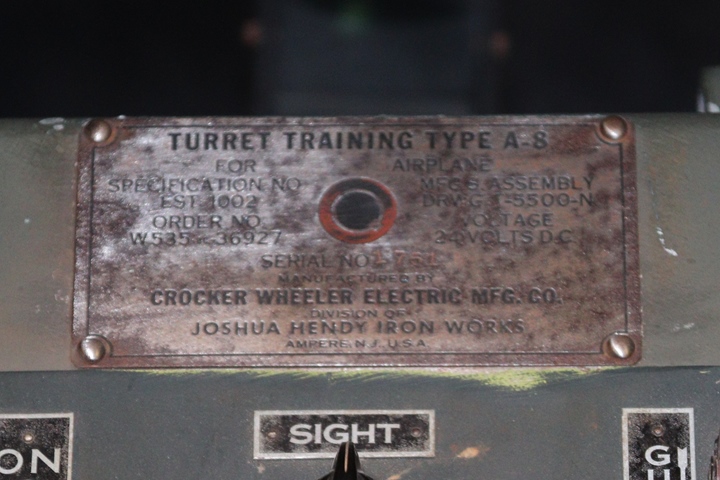
I had never heard of the Crocker-Wheeler
Electric Manufacturing Company until I photographed one of its World War
Two A-8 training turrets at the Air Zoo Aerospace and Science Museum in
Kalamazoo, MI. The A-8 is located in a World War Two mock-up
training aircraft fuselage. It is serial number 1751.
Author's photo.
In 1889, Francis Crocker and Schuyler Wheeler
started and named their new company the Crocker-Wheeler Electric Motor
Company. Two years later, they renamed it the Crocker-Wheeler
Electric Company and in 1893 moved to Ampere, NJ. Both Mr. Crocker
and Mr. Wheeler were engineers and both served as president of the
American Institute of Electrical Engineers during their careers.
The primary product of their company was electrical motors that were
utilized for home and industrial use. Their motors powered many
devices including sewing machines and elevators.
One of the new company's first applications
for one of their Model 80V electrical motors was in a ten-barrel Gatling
Gun. With the electrical motor, the weapon could fire at a rate of
1,500 rounds per minute.
In 1942 the Joshua Hendy Iron Works purchased
Crocker-Wheeler and in 1949 sold it to the Elliott Company of Jeannette,
PA, which made power equipment for process plants, and it already made
motors from 200 to 10,000 HP. The Crocker-Wheeler acquisition
pushed the lower limit size down to one HP. The historical record is unclear when the Crocker-Wheeler
Electric Manufacturing Company stopped making products and closed.
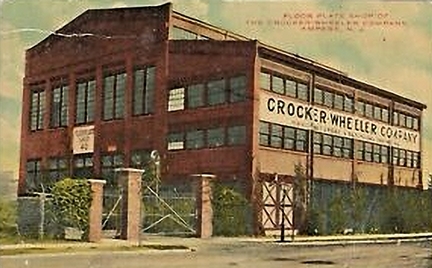
This is the first of three vintage photos of
the Crocker-Wheeler's plant in Ampere, NJ. Ampere is actually a
small neighborhood within East Orange, NJ.
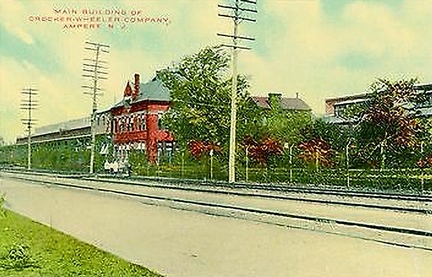
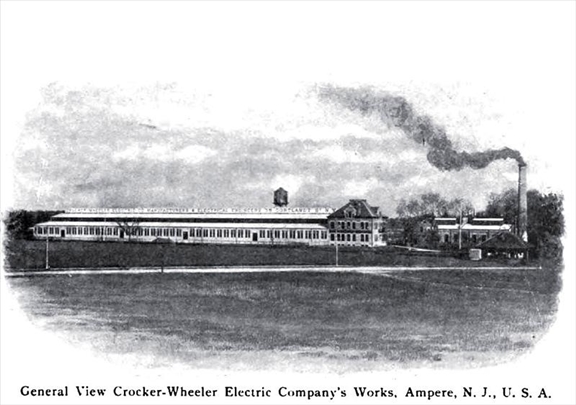
Crocker-Wheeler Manufacturing Company World
War Two Products: Crocker-Wheeler was the only manufacturer of
this turret during World War Two. It was used in 1,584 Beechcraft
AT-11s and 175 Fairchild AT-21s. These two aircraft required 1,759
units plus any spares or those used for training purposes outside the
aircraft.
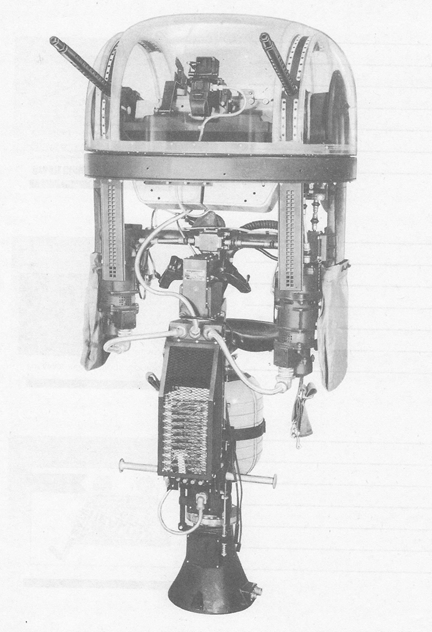
The front view of the A-8.
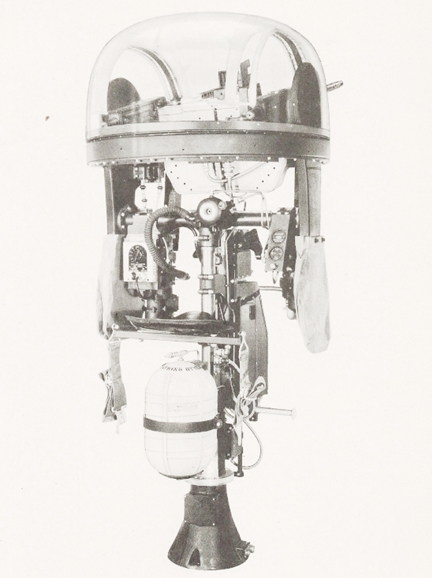
The rear view of the A-8.
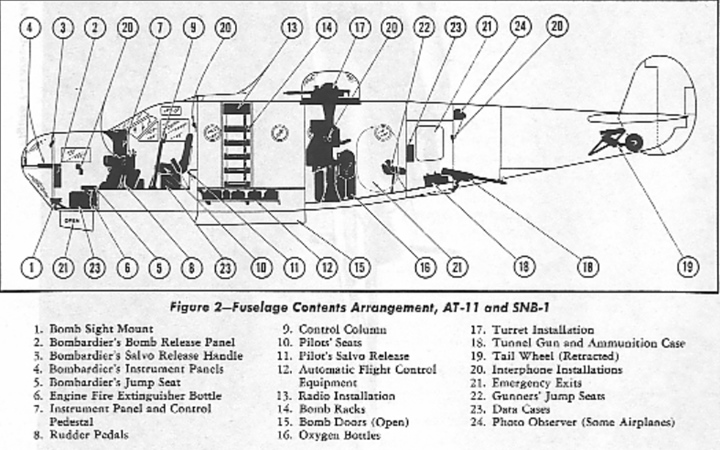
No. 17 is the location of the
Crocker-Wheeler A-8 turret in the USAAF's AT-11 and the U.S. Navy's
SNB-1.
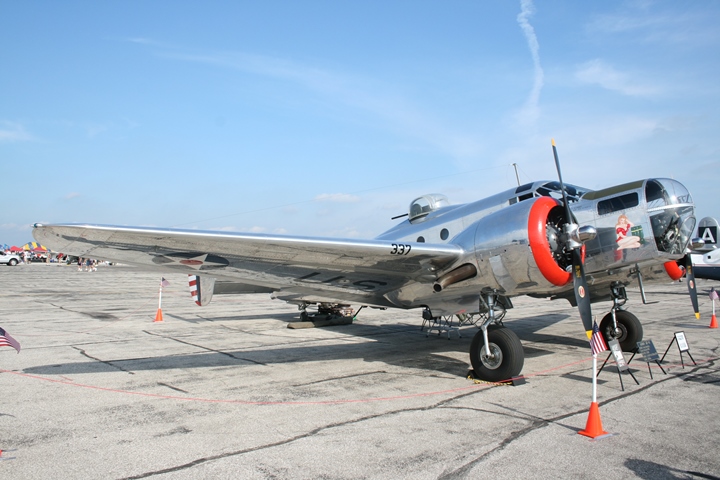
This AT-11 was on display at the 2012
Thunder Over Michigan Airshow. It had a Crocker-Wheeler training turret
installed in it. Author's photo added 5-20-2022.
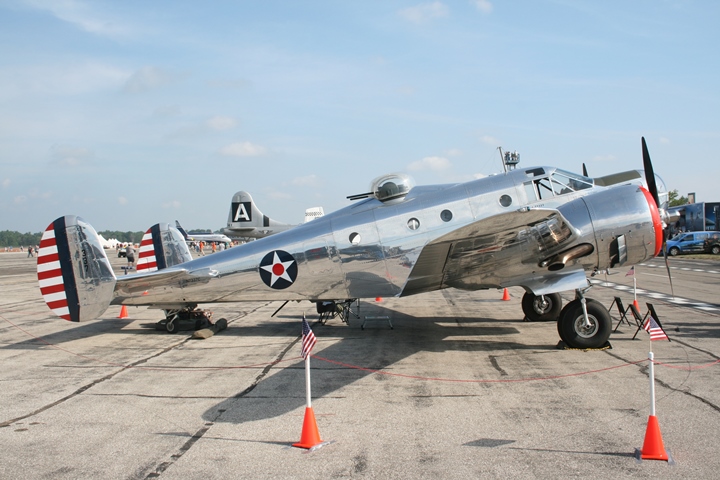
Author's photo added 5-20-2022.
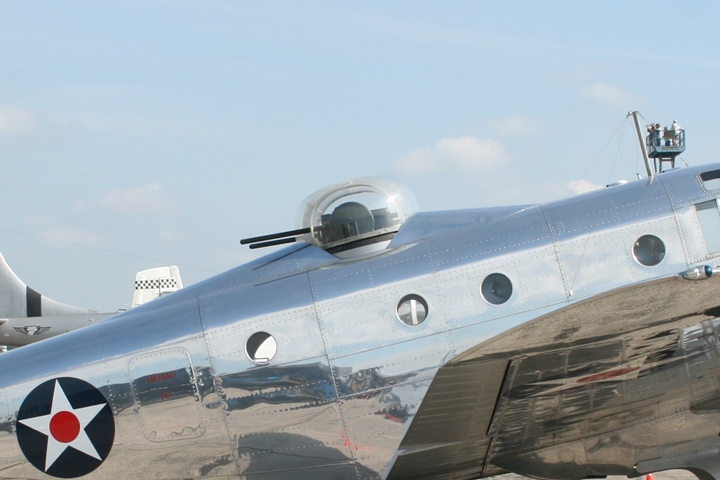
Author's photo added 5-20-2022.
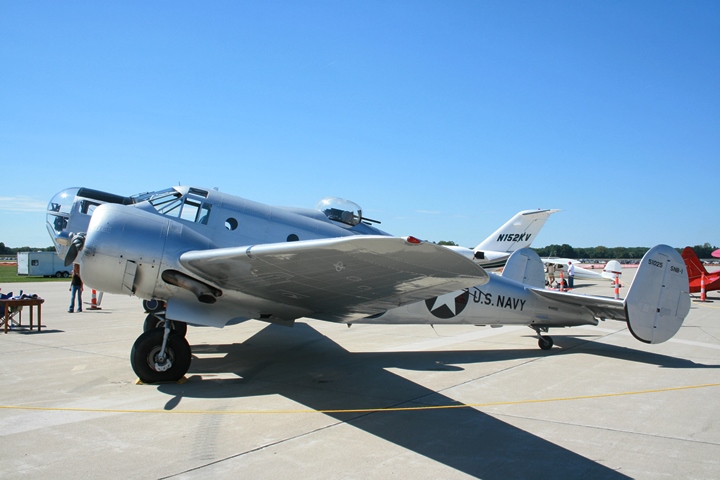
This 1943 Navy SNB-1 has a top turret
installed in it which may or may not be an A-8. Author's photo
added 5-30-2022.
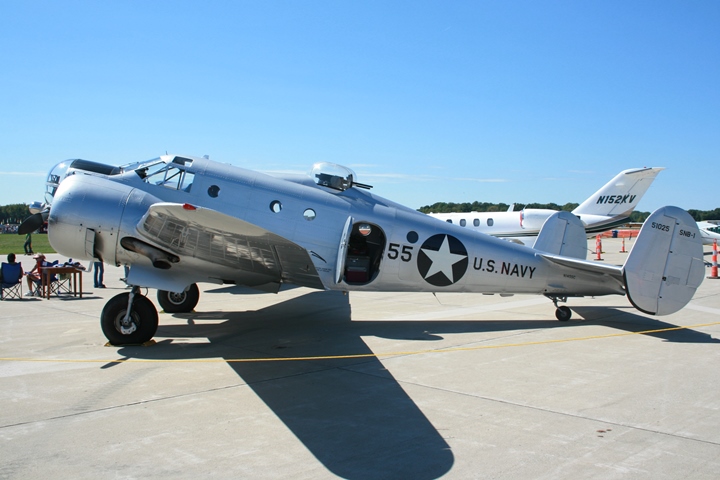
The aircraft was photographed at the
2007 Terre Haute, IN Airshow. Author's photo added 5-30-2022.
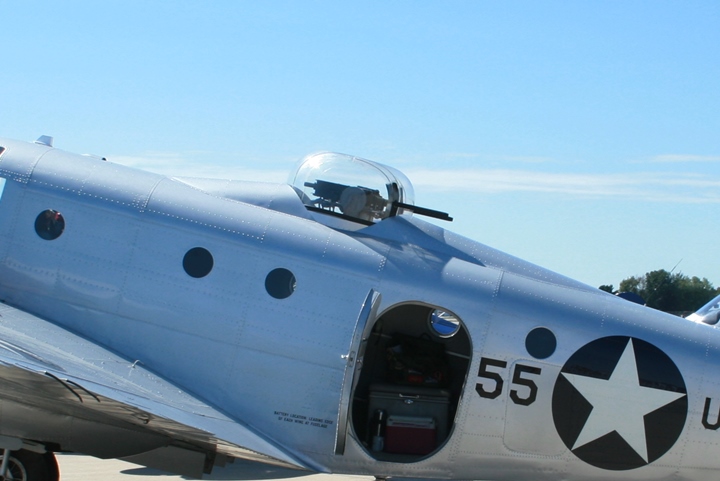
The circular metal pieces onto which the
twin .30 caliber machine guns are mounted are a smaller diameter than the
one shown in the AT-11 above or the one shown below at the Kalamazoo Air
Zoo and Science Museum. This may have been a design change to the
A-8 or the Navy's version of a top turret. Author's photo added
5-30-2022.
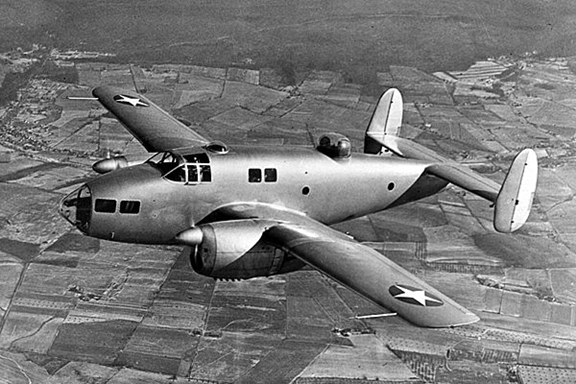
The Crocker-Wheeler A-8 turret was used in
175 Fairchild AT-21 training aircraft. This all-wood trainer was
built in 1944 and 1945. Image added 5-8-2022.
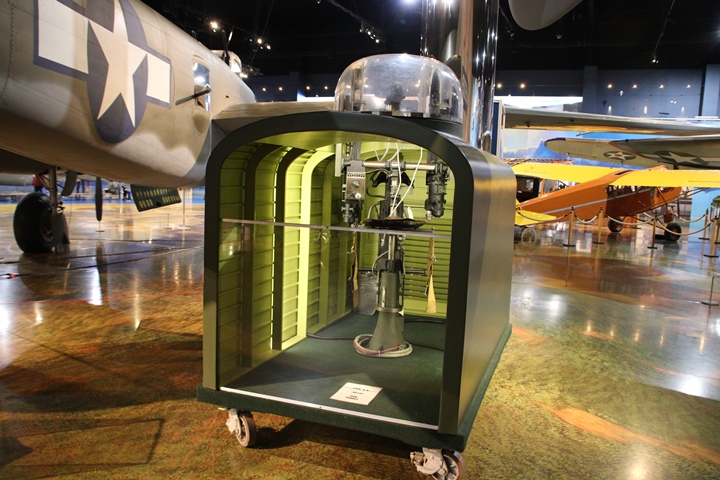
This view shows a Crocker-Wheeler A-8 Training Turret in its replica fuselage at the
Air Zoo. Author's photo.
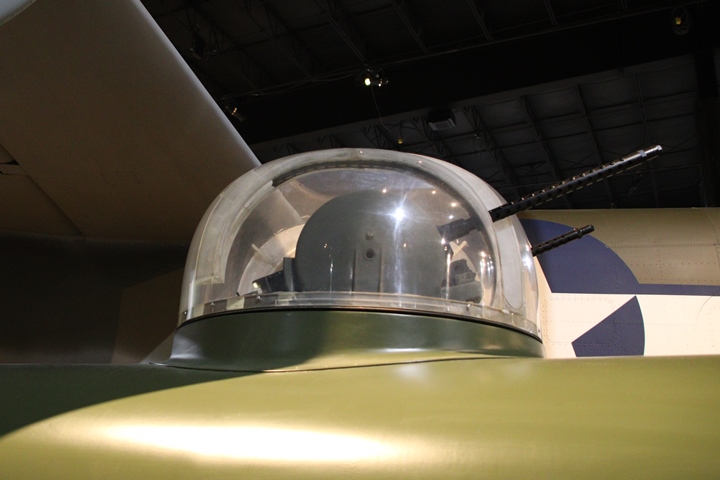
This image shows that the turret was
constructed of several sections. The two side pieces appear to be
joined by some method to the main Plexiglas frame. It has large
diameter metal circles as part of the gun mounting. Author's photo
added 5-30-2022.
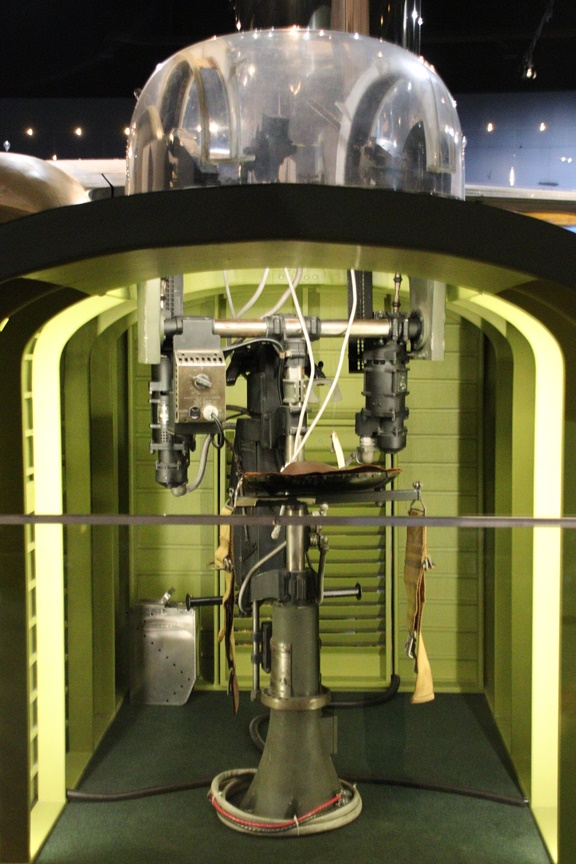
The Crocker-Wheeler A-8 Training Turret is on
display inside the fuselage. Author's photo.
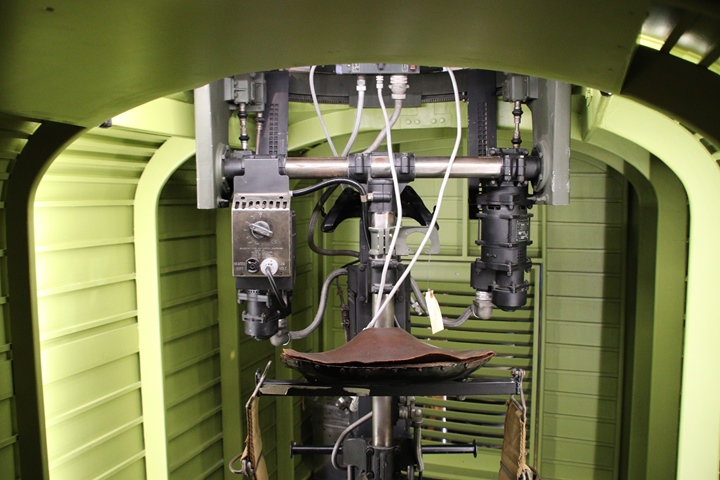
Author's photo.
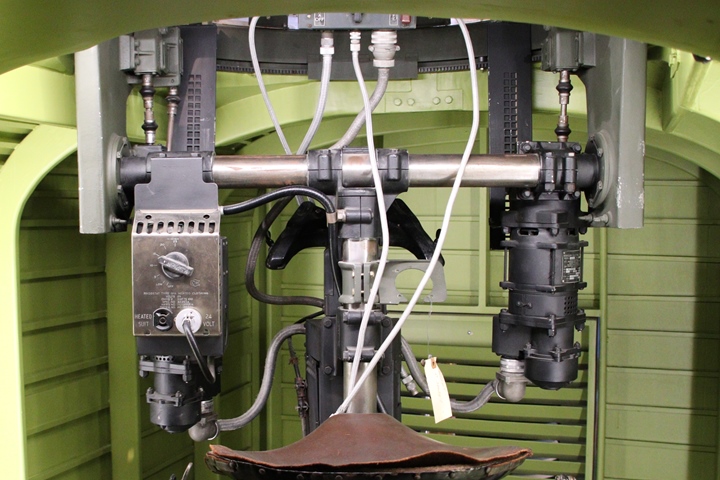
Author's photo.
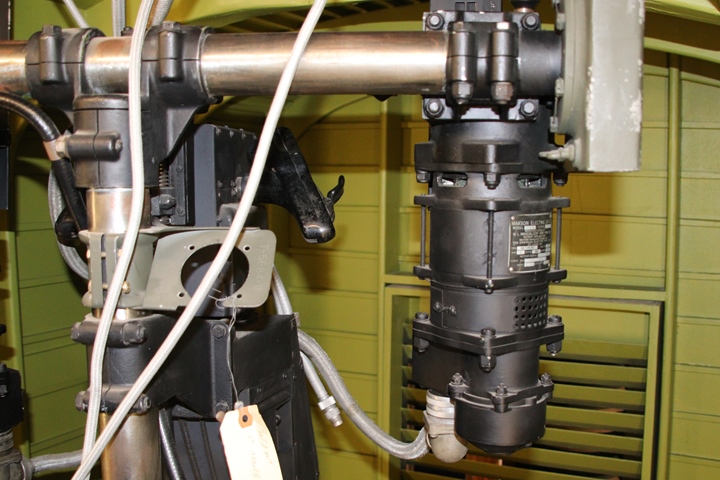
W.L. Maxson electric drive motors were used
to control the azimuth of the turret and elevation of the .30 caliber machine guns.
Author's photo.
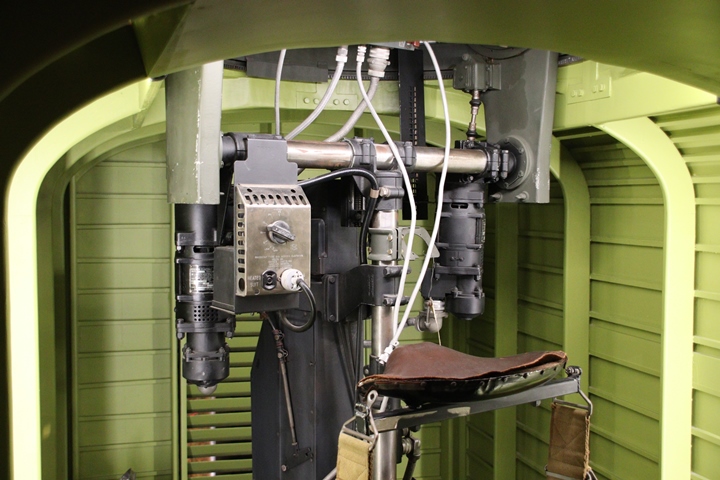
Author's photo.
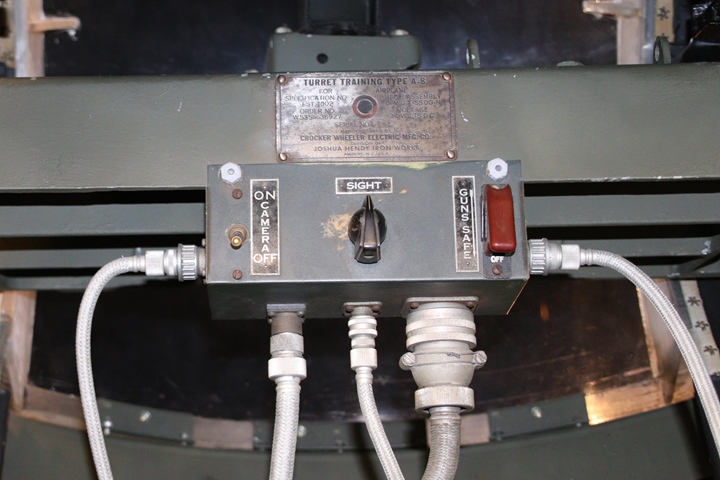
Author's photo.
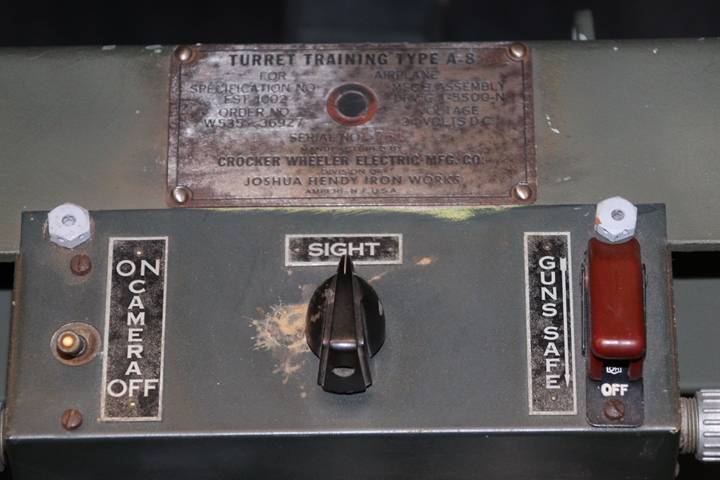
Author's photo.
|






















